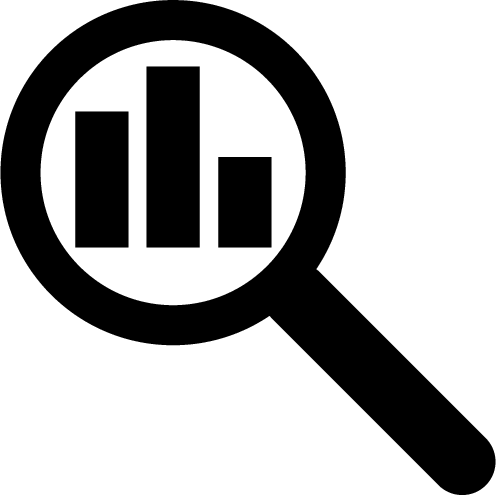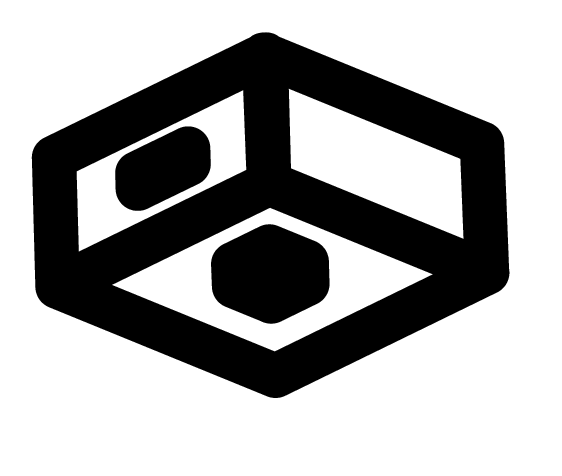How Patients Are Driving The Future Of Healthcare
President and CEO of Vodafone US Inc., leading Vodafone Business commercial operations throughout North America.

GETTY
According to a recent study by Deloitte, patients are the main drivers of seismic change within the healthcare industry. The shorthand term for the phenomenon is the “consumerization of healthcare” — a patient-centric care model that’s pervasive across all geographies and socioeconomic groups.
Healthcare transformation calls for SaaS apps and the cloud, but it also goes further: With IoT sensors, caregivers can monitor patient progress while they are at home. Additionally, wireless technologies such as 5G and edge computing can deliver next-generation features, such as connected ambulances that allow first responders to keep close, real-time contact with doctors in the emergency rooms.
With the right technology in place, expertise at one facility could also be shared with another. With remote participation in surgery, or real-time teaching, a student miles away from a particular operating theater can get a sense they are in the thick of it, virtually standing by the surgeon’s side while the operation proceeds.
Investment in digital infrastructure for these kinds of actions began even before the onset of the global pandemic. Lately, however, this drive has snowballed significantly. Patients are demanding improved, personalized care. According to a study by JPMorgan Chase, U.S.-based patients — facing increases in out-of-pocket spending — are increasingly expecting a better experience from the medical ecosystem. In short, they want their money’s worth.
In their day-to-day lives, patients have witnessed transformation at work: Organizations of every size and industry are investing heavily in improving service to meet consumer demand. Gartner Inc. reports, “Worldwide IT spending is projected to total $3.9 trillion in 2021, an increase of 6.2% from 2020.”
Healthcare doesn’t exist in a vacuum: When patients interact personally with a business in one place, they wonder why they can’t have that same experience elsewhere. But, as Deloitte points out, it all adds up — healthcare organizations will need to elevate each encounter to deliver an individual and personalized experience.
An Opportunity To Make Healthcare More Equitable
In another earlier Deloitte report, the advisory firm concluded that U.S. hospitals with better patient-reported experiences performed better financially. As a result, there is a strong business case for upgrading hospital infrastructure in the U.S.
With 5G and edge computing, doctors can work with data in the cloud more easily. As I pointed out in an earlier article, when 5G is combined with edge computing and a mobile private network, communications are rapid-fire and reliable. Healthcare providers gain capacity and processing capability. Speed is increased, latency is reduced and processing is exponentially more reliable.
Doctors can use these and other technologies to consult with patients remotely, almost as if they were also in the hospital. Additionally, physicians can use IoT-connected devices to monitor patient progress, even if that patient is many miles away. This feature is a boon to those needing to monitor their care in rural areas.
We have a genuine opportunity to make healthcare equitable for those whose circumstances don’t allow them to visit a care facility for a routine evaluation on a regular basis. Of course, there’s still much preliminary work to be done. For example, when patients are at home, care will need to be taken to ensure they have the proper devices available and that the family isn’t competing with each other to use them. Patient privacy also must be assured — patients have a right to keep their care information private even from family members.
In other areas, we will need more infrastructure. There is some good news on that front: As I also pointed out in my earlier article, a public-private MPN is now getting set up in the U.S. to give first responders and public safety officials dedicated coverage and capacity.
How A 5G Network Can Help
We’re headed into new territory, but we must have fast and stable communications and collaboration tools for progress to occur. The communications technology must have low latency — meaning no blips, pauses or hiccups in the transmission. If one doctor is advising another virtually, everything must be seamless and near-real-time.
A 5G stand-alone network enables a set of technological capabilities not possible before. For example, multi-access edge computing (MEC) was added to the mix to bring computing power closer to the user, which allows for faster speeds and quicker response times. This is ideal for use cases that depend on substantial amounts of data and real-time decision-making, such as AI and remote-controlled robotics.
As a stand-alone network, 5G also enables network slicing, which means the hospital could dedicate specific portions to potential 5G applications such as remote monitoring and diagnostics, giving more control over reliability and security.
A Fork In The Road
The healthcare industry is changing — and it is likely unavoidable because it is cost-efficient. According to a recent study, technology applications such as AI can cut annual U.S. healthcare costs by $150 billion in 2026.
Much of this savings will come from changing the healthcare model from a reactive approach to a proactive one. It will focus on health management rather than disease treatment. Medical professionals say this will result in fewer hospitalizations and doctor visits.
Some may say we’re at a fork in the road: We can keep going as we have been, or we can use technology to improve the lives of Americans — while also delivering a more satisfying patient experience. I’ve witnessed this transformation happen in the business world, and from where I stand, healthcare appears to be next.
With 5G and edge computing as a firm foundation for the technology needed to transform healthcare, we can build a better medical system that’s more resilient, cost-effective and satisfying to patients and caregivers.

 Attendees
Attendees
 Sponsors and Exhibitors
Sponsors and Exhibitors
 AI In Healthcare: A Virtual Course
AI In Healthcare: A Virtual Course
 Contact us
Contact us